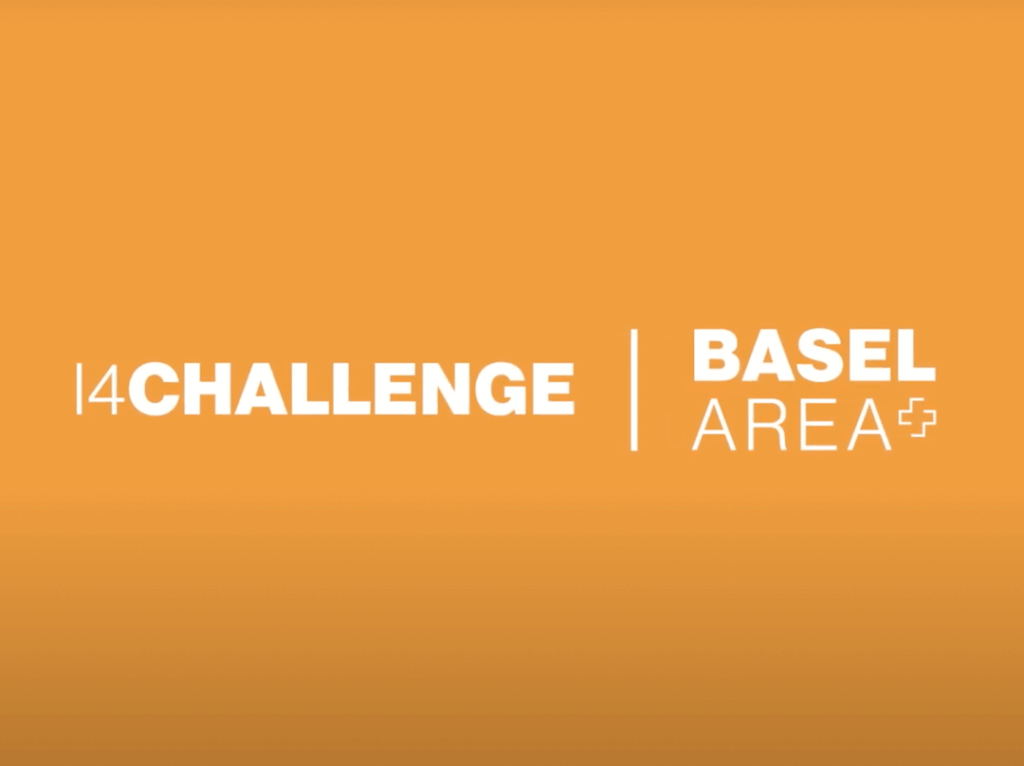#TheWorldTomorrow: robotized production lines
40th broadcast of #LeMondeDeDemain on Léman Bleu
Robotic production is a constantly evolving field that Geneva-based companies are exploiting with talent. These intelligent systems bring ever greater flexibility to production and added value to industry. We take you to LEM and Selexis, two companies for whom robotics offers increasingly innovative and highly specialized solutions.
Replay of the program on robotized production:
What are the main contributions of robotization to the industrial production chain?
LEM report: intelligent production lines
Operating in the transportation sector in particular, LEM uses collaborative or artificial intelligence robots at the heart of its production units. They are used at various levels of production lines, from mechanical assembly to calibration and testing. While enabling employees to move on to higher value-added tasks, the significant improvements in precision and productivity that robotization brings generate a triple benefit: increased production volumes, more competitive unit costs and improved quality.

Selexis report: the democratization of robotics
Active in the development of cell lines and the combination of genetic elements, Selexis has also found in robotization the opportunity to free its operators from the most repetitive tasks. Thanks to the development of customized machine tools, the company has gained access to the robotization more commonly envisaged in the context of very high production volumes. It's a perfect illustration of the democratization of robotized production lines, enabling significant gains in precision and quality.

Interview with Dr. Michèle Lauria, HES Professor of Microtechnology and Mechanical Engineering at the Geneva School of Landscape, Engineering and Architecture (HEPIA)
Slow but steady is Michel Lauria's assessment of the evolution of robotization in our societies. For him, the greatest advances will come when we are able to "release our robots into the human environment". A sharing of space that needs to be organized to reinforce the development and wider adoption of robotics. It's a challenge he takes up on a daily basis in the projects entrusted to him. In fields as varied as biomedicine, aerospace and industry, he and his multi-skilled teams propose mechanical instrumentation solutions to improve production cycles.






